
Article of the week: How useful is FDG-PET/CT in managing carcinoma invading bladder muscle?
Every week the Editor-in-Chief selects the Article of the Week from the current issue of BJUI. The abstract is reproduced below and you can click on the button to read the full article, which is freely available to all readers for at least 30 days from the time of this post.
In addition to the article itself, there is an accompanying editorial written by a prominent member of the urological community. This blog is intended to provoke comment and discussion and we invite you to use the comment…

Editorial: Is FDG-PET/CT ready for prime time?
Fluorodeoxyglucose positron-emission tomography (FDG PET)/computed tomography (CT) in bladder cancer
In this month's issue Mertens et al. [1] present a retrospective analysis of the clinical impact of fluorodeoxyglucose positron-emission tomography (FDG PET)/CT in 96 patients with muscle-invasive bladder cancer. Muscle invasion is present in ≈30% of patients presenting with bladder cancer and is associated with a higher incidence of nodal and metastatic disease than non-muscle-invasive tumours [2].…
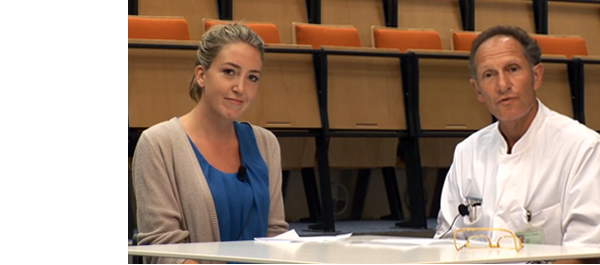
Video: Upstage, downstage: the spotlight on FDG-PET/CT for managing bladder cancer
Impact of 18F-fluorodeoxyglucose (FDG)-positron-emission tomography/computed tomography (PET/CT) on management of patients with carcinoma invading bladder muscle
Laura S. Mertens, Annemarie Fioole-Bruining*, Erik Vegt†, Wouter V. Vogel†, Bas W. van Rhijn and Simon Horenblas
Departments of Urology, *Radiology and †Nuclear Medicine, The Netherlands Cancer Institute, Antoni van Leeuwenhoek Hospital, Amsterdam, The Netherlands
OBJECTIVE
• To evaluate the clinical impact of 18F-fluorodeoxyglucose…
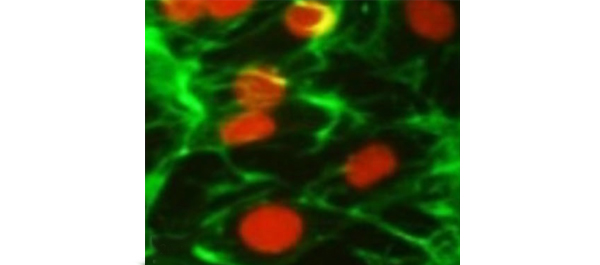
Article of the week: Discovery provides new means for regenerative bladder reconstruction
Every week the Editor-in-Chief selects the Article of the Week from the current issue of BJUI. The abstract is reproduced below and you can click on the button to read the full article, which is freely available to all readers for at least 30 days from the time of this post.
In addition to the article itself, there is an accompanying editorial written by a prominent member of the urological community. This blog is intended to provoke comment and discussion and we invite you to use the comment…
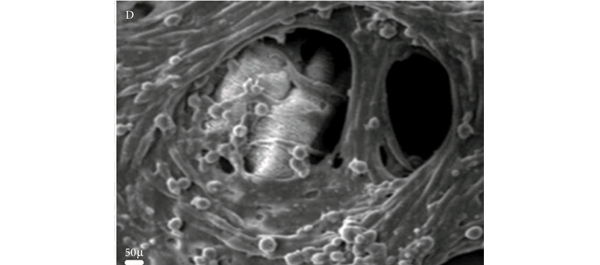
Editorial: Reach for the sky – tissue engineering in urology
The work of Verdi et al. [1] published in this issue, shows the continuing quest to find a cellular substrate suitable for producing a tissue engineered replacement for detrusor smooth muscle. This study has identified the regenerative ability of endometrium and with the use of myogenic culture media has sought to differentiate stem cells of endometrial origin to produce the desired smooth muscle cells. The ultimate objective is to produce a functional organ replacement that improves on the current…
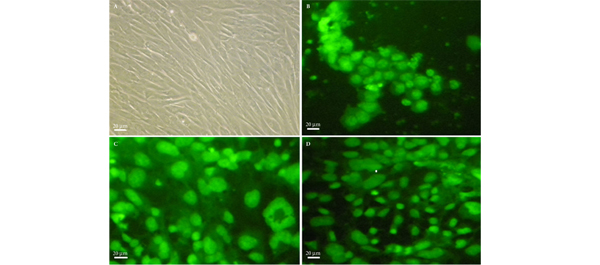
Video: Endometrial stem cells: new hope for pelvic floor prolapsed?
Endometrial stem cell differentiation into smooth muscle cell: a novel approach for bladder tissue engineering in women
Alireza Shoae-Hassani*, Shiva Sharif, Alexander M. Seifalian†, Seyed Abdolreza Mortazavi-Tabatabaei‡, Sassan Rezaie§ and Javad Verdi
Departments of Applied Cell Sciences and §Medical Biotechnology, School of Advanced Technologies in Medicine, and *Department of Stem cell and Tissue Engineering, Research Center for Science and Technology in Medicine (RCSTiM), Tehran…
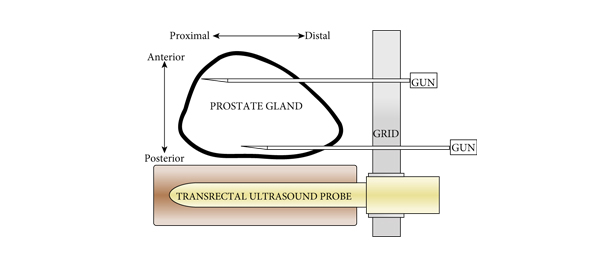
Article of the week: Prostate biopsy: shaking up the old standard
1 Comment
/
Every week the Editor-in-Chief selects the Article of the Week from the current issue of BJUI. The abstract is reproduced below and you can click on the button to read the full article, which is freely available to all readers for at least 30 days from the time of this post.
In addition to the article itself, there is an accompanying editorial written by a prominent member of the urological community. This blog is intended to provoke comment and discussion and we invite you to use the comment…
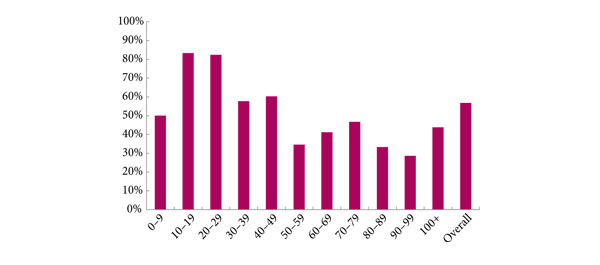
Editorial: Contemplate the template: a new prostate biopsy approach
Transperineal magnetic resonance imaging – ultrasound fusion targeted biopsies (MRI-US FTB) of the prostate: the future of prostate diagnostics
The prostate cancer diagnostic pathway has remained unchanged for 25 years. At best, laterally directed, peripheral zone (PZ) 12-core transrectal biopsies identify cancer in 44% of cases [1] but transrectal biopsies have an inherent sampling error with a risk of misdiagnosis or mischaracterisation of disease. Of those with negative biopsies who…

Video: Transperineal prostate biopsy: how good is the tumour detection rate?
Outcomes of transperineal template-guided prostate biopsy in 409 patients
James L. Symons*†, Andrew Huo*, Carlo L. Yuen‡§, Anne-Maree Haynes*, Jayne Matthews†, Robert L. Sutherland*, Phillip Brenner‡§ and Phillip D. Stricker†‡§
*Cancer Research Programme, Garvan Institute of Medical Research, †St Vincent's Prostate Cancer Centre, ‡Department of Urology, St. Vincent's Hospital, and §Department of Urology, St. Vincent's Clinic, Darlinghurst, NSW, Australia
OBJECTIVE
•…
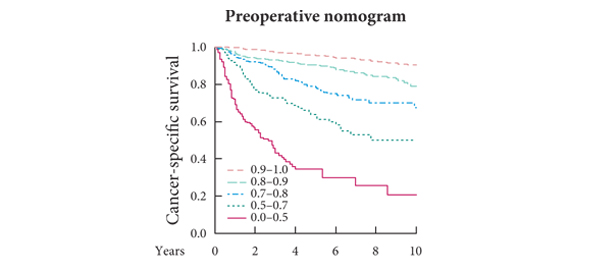
Article of the week: Karakiewicz was right: nomograms are very robust
Every week the Editor-in-Chief selects the Article of the Week from the current issue of BJUI. The abstract is reproduced below and you can click on the button to read the full article, which is freely available to all readers for at least 30 days from the time of this post.
In addition to the article itself, there is an accompanying editorial written by a prominent member of the urological community. This blog is intended to provoke comment and discussion and we invite you to use the comment…
